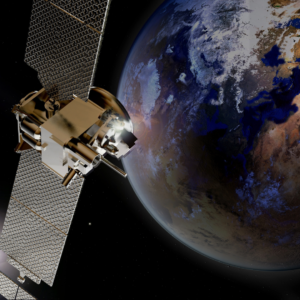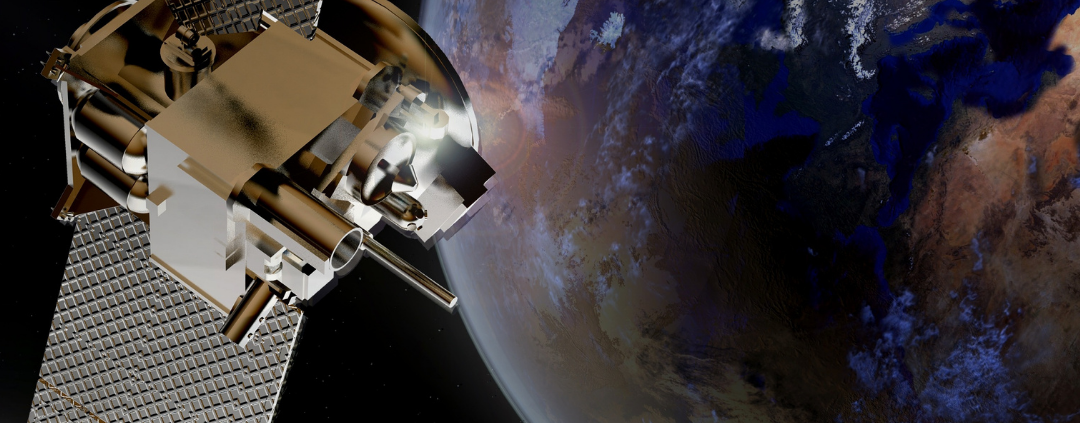Close Orbit Satellites and Their Effects on Earth
Airtel-backed One Web, which is preparing to sell broadband internet from India to the world via near-orbit satellites, is following Starlink.
One Web, a global communications company that aims to provide broadband high-speed internet directly to individuals via satellite, launched 36 more satellites today, increasing the total number of satellites in space to 394. It will provide high-speed, low-latency global connectivity with a fleet of low-orbit LEO satellites.
It states that it plans to launch global service by the end of 2022. This technology will be talked about a lot in the coming years.
Low Earth Orbit (LEO) satellite communications are still unregulated. The regulatory approval requirement is of interest to those looking to place satellites in orbit.
There have been quite a few launches lately from the Baikonur Cosmodrome in Kazakhstan. Thousands of low orbit satellites start their space journey from here.
Satellites in Earth orbit are increasing day by day. While an average of hundreds of satellites were launched a year until ten years ago, 21,000 satellites were launched in the last two years.
Since August this year, nearly 2,000 new satellites have orbited the Earth to serve humanity.
The biggest factor in the increase in these numbers is small satellites. Thanks to their easy access to orbit, concerns about space debris increase as low Earth orbit becomes more crowded, as does the possibility of an actual collision. Simultaneously, space is filling up to become a massive garbage dump. Not only large satellite parts, but even a single screw can have the ability to cause a lot of damage in space. Millions of pieces and so much scrap.
America, Russia and China are struggling the most to be here. India plans to go after them, and they are the ones who remain silent the most regarding regulation in low orbits. It should not be forgotten that thousands of these small satellites are planned to be launched with a rocket in the coming years, perhaps even by the end of 2022. Even such a possibility will give humanity the chance to gain fast and ubiquitous internet and more data. But what about the destruction it creates in space and the damage that will be caused by the smallest pieces of scrap it will drop on Earth? 




